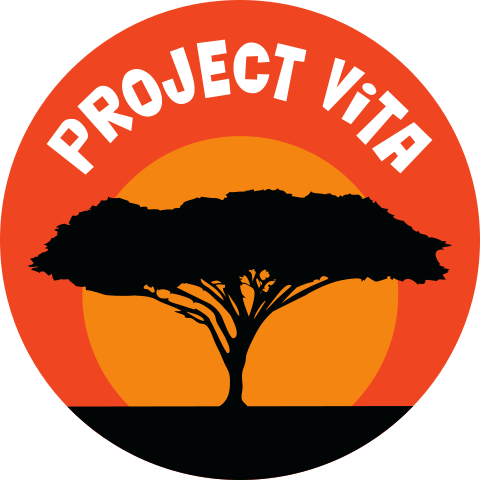
evaluation of BUILDING material for houses
Comparing Building materials for construction
Students Louise Garton and Lava Kurda in 2020 examined how the housing situation in Linga Linga could be improved by using sustainable building materials. Palm leaf houses were compared against concrete and adobe houses. Costs connected to material choice, as well as the thermophysical properties of each material, were considered to determine what worked better in such a warm climate as in Linga Linga. Other properties, including toxic waste and emissions, resilience to weather conditions, and required skills for building, were examined to examine advantages or disadvantages.
They found that the most vital challenge to improving the housing situation in Linga Linga is increasing the resilience and durability of the building structures themselves. Both concrete and adobe could meet those needs, but adobe was deemed to be the better option as it is cheaper and has lower carbon emissions than concree. Palm leaf houses have obvious environmentally sustainable advantages, as there is no need for production or transportation, but the material can’t withstand the weather conditions in Linga Linga as well as adobe can. Adobe was therefore deemed to be the best option of the three choices.
This study was originally conceived as a field study. However, with the onset of the Covid-19 pandemic, it had to be conducted remotely.

